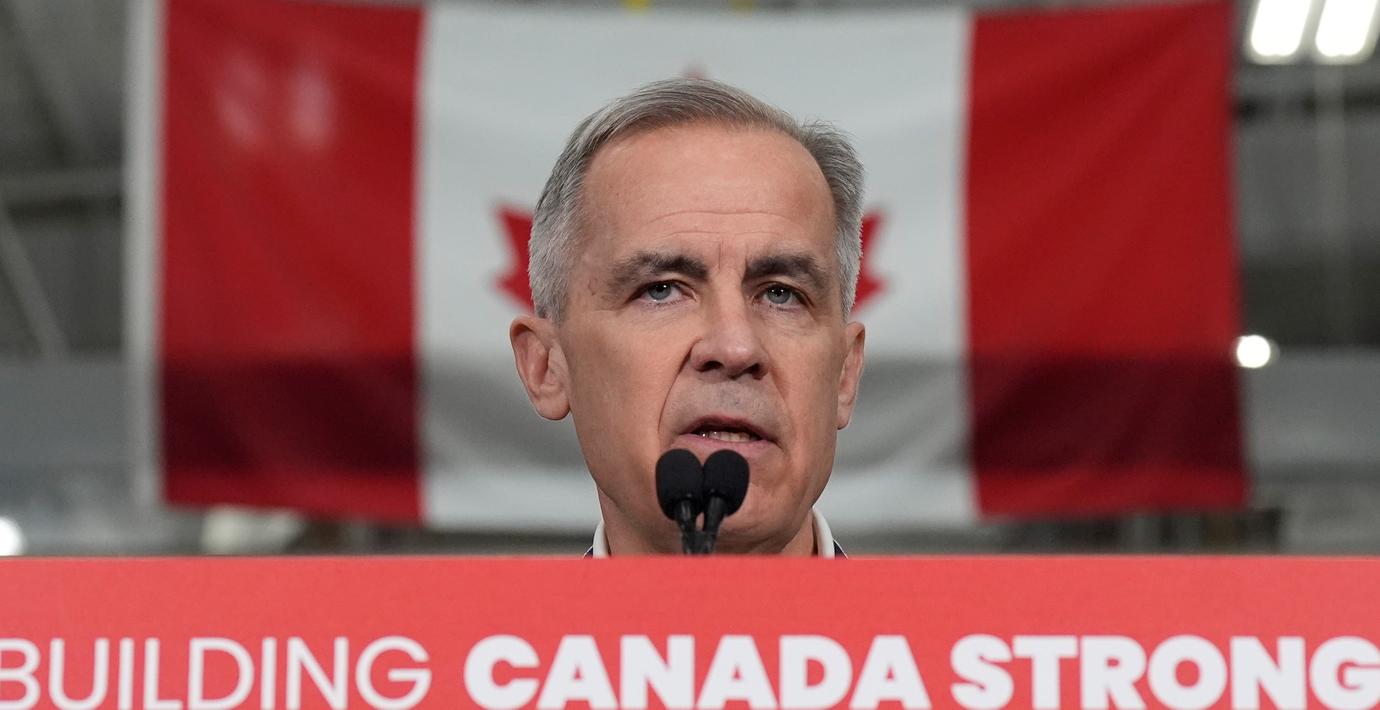
Kanada inför hämndtullar på fordon: ”En tragedi”
Kanada inför 25-procentiga hämndtullar på alla fordon från USA som inte följer handelsavtalet USMCA, säger premiärminister Carney under en presskonferens enligt Reuters.
Han säger även att Kanada ska ta fram ett regelverk för att bilproducenter ska slippa tullarna så länge de har kvar sin produktion samt sina investeringar i Kanada.
– Eran av integration med USA:s ekonomi är över. Detta är en tragedi.
Carney räknar med att tullarna drar in cirka 8 miljarder kanadensiska dollar. Dessa ska gå direkt till bilindustrins arbetare och de företag som drabbas, fortsätter han.
– Vi kommer att kämpa mot tullarna tills de tas bort.
bakgrund
Nordamerikanska handelsavtalet
Wikipedia (en)
The Agreement between the United States of America, the United Mexican States, and Canada (USMCA) is a free trade agreement among the United States, Mexico, and Canada, in effect from 1 July 2020. It replaced the North American Free Trade Agreement (NAFTA) implemented in 1994, and is sometimes characterized as "NAFTA 2.0", or "New NAFTA", since it largely maintains or updates the provisions of its predecessor. The region including Canada, Mexico, and the United States is one of the world's largest free trade zones, with a population of more than 510 million people and an economy of $30.997 trillion in nominal GDP – nearly 30 percent of the global economy, and the largest of any trade bloc in the world.
All sides came to a formal agreement on 1 October 2018, and U.S. president Donald Trump proposed USMCA during the G20 Summit the following month, where it was signed by him, Mexican president Enrique Peña Nieto, and Canadian prime minister Justin Trudeau. A revised version reflecting additional consultations was signed on December 10, 2019, and ratified by all three countries, with Canada being the last to ratify on March 13, 2020. Following notification by all three governments that the provisions were ready for domestic implementation, the agreement came into effect on 1 July 2020.
USMCA is primarily a modernization of NAFTA, namely concerning intellectual property and digital trade, and borrows language from the Comprehensive and Progressive Agreement for Trans-Pacific Partnership (CPTPP), of which Canada and Mexico are signatories. Key changes from its predecessor include increased environmental and working regulations; greater incentives for automobile production in the U.S. (with quotas for Canadian and Mexican automotive production); more access to Canada's dairy market; and an increased duty-free limit for Canadians who buy U.S. goods online. The USMCA contains a provision for review and adjustment in 2026.
The 2025 United States trade war with Canada and Mexico began on February 1, 2025, when at the beginning of his second non-consecutive term, President Trump cited an "extraordinary threat posed by illegal aliens and drugs" and imposed an additional 25% tariff on imports from Canada and Mexico. One day before they were set to take effect, the tariffs were paused for 30 days (from February 4 to March 4), after Canada and Mexico agreed to increase national security measures at their respective borders with the US, and to allow for negotiations on economic agreements. Canada and Mexico accused the United States of violating the USMCA when 25% tariffs went into effect on March 4, 2025. On March 6, 2025, two days after the tariffs took effect, Trump announced that all USMCA compliant products would be exempt from the tariffs until April 2, 2025.
Omni är politiskt obundna och oberoende. Vi strävar efter att ge fler perspektiv på nyheterna. Har du frågor eller synpunkter kring vår rapportering? Kontakta redaktionen



